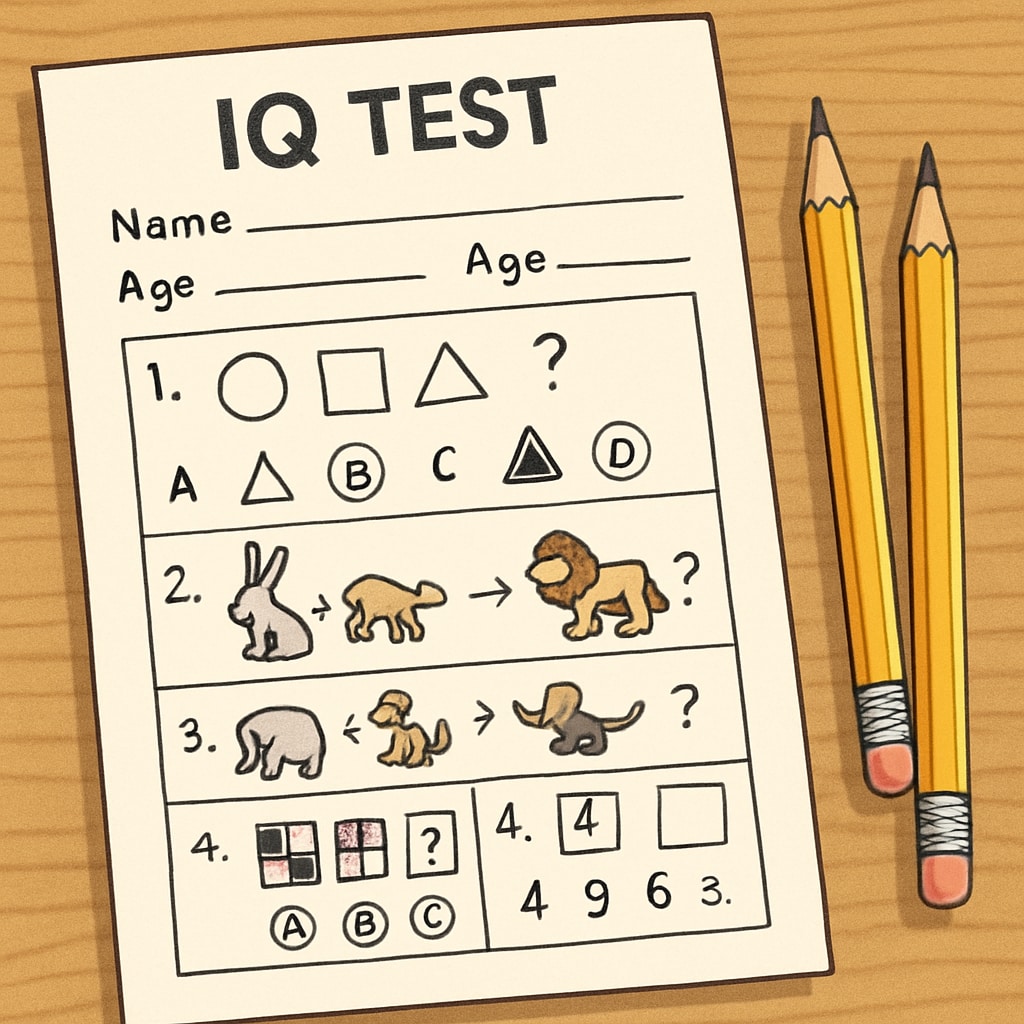Assessing the potential of gifted children often starts with intelligence testing. Among the most authoritative tools in the field, the CogAT, WISC, and Stanford-Binet tests stand out as benchmarks for evaluating intellectual abilities and talents. Understanding these evaluation standards is crucial for parents and educators aiming to provide appropriate support and opportunities for gifted children.
Understanding Intelligence Testing for Gifted Children
Intelligence tests are designed to measure cognitive abilities, problem-solving skills, and academic potential. For gifted children, these tests provide insights into their strengths and areas for growth. However, not all tests are created equal; each has its own focus, methodology, and suitability for specific age groups and developmental stages.

Comparing Top Intelligence Testing Tools
Several intelligence tests are widely used for evaluating gifted children. Below is a comparative analysis of the most recognized tools:
- CogAT (Cognitive Abilities Test): This test emphasizes reasoning skills across verbal, quantitative, and non-verbal domains. It is often used in schools to identify students for gifted programs.
- WISC (Wechsler Intelligence Scale for Children): WISC is a comprehensive tool that assesses a wide range of cognitive abilities. It is ideal for identifying specific learning needs and strengths in children aged 6-16.
- Stanford-Binet Intelligence Scales: Known for its long history and reliability, this test measures five key factors of cognitive ability: fluid reasoning, knowledge, quantitative reasoning, visual-spatial processing, and working memory.
Each of these tests serves different purposes and is appropriate for different contexts. For example, while CogAT is often used for group assessments in schools, WISC and Stanford-Binet are more tailored for individual evaluations.
Choosing the Right Test for Your Child
When selecting an intelligence test, it is important to consider your child’s age, developmental stage, and specific needs. Here are some factors to keep in mind:
- Child’s Age: Different tests are designed for specific age ranges. For instance, the Stanford-Binet can assess children as young as two, while WISC is suitable for ages 6-16.
- Purpose of Testing: Determine whether the goal is to identify giftedness, address learning challenges, or develop a tailored educational plan.
- Test Administration: Some tests, like CogAT, are group-administered, while others, such as WISC, require one-on-one evaluation by a trained psychologist.
Consulting with an educational psychologist or a school counselor can provide valuable guidance in selecting the most appropriate test for your child.

The Importance of Accurate Evaluation
Accurately identifying a child’s intellectual abilities is essential for fostering their potential. Intelligence tests are just one part of the equation; they should be complemented with observations, teacher feedback, and parental input. For gifted children, the right combination of assessments can open doors to specialized programs and resources that nurture their talents.
In addition, it is important to recognize that intelligence is not the only measure of a child’s potential. Social skills, creativity, emotional intelligence, and perseverance also play critical roles in their overall development.
By understanding the strengths and limitations of each intelligence testing tool, parents and educators can make informed decisions that benefit gifted children in both academic and personal growth.
Readability guidance: The article uses concise sentences, clear transitions, and structured lists to ensure accessibility. Passive voice is minimized, and the content is tailored for an audience with an intermediate understanding of child development.


